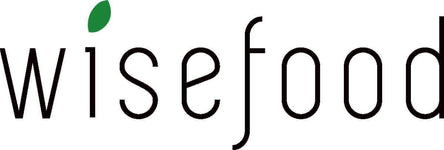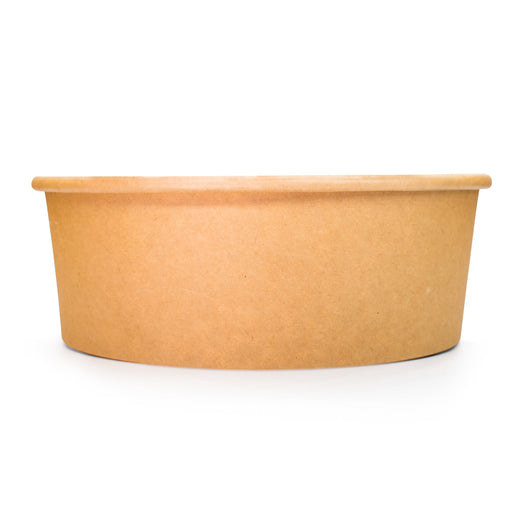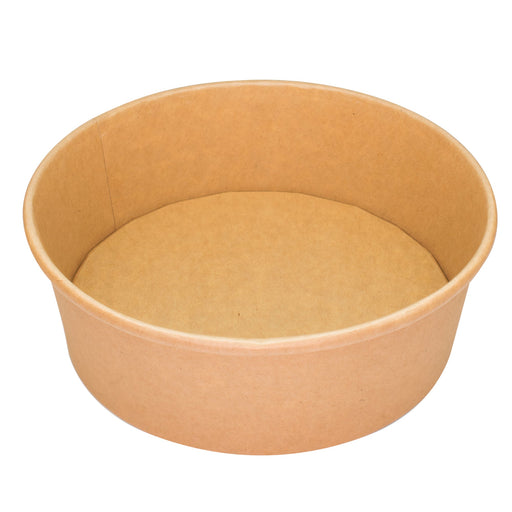Support:
+49 (0) 89 24418362

rPET
RPET, the eco-friendly sustainable alternative to PET
Choosing the right packaging material starts with considering the impact on businesses, consumers and the environment. With the exception of the term “disposable”, little attention has been paid to the various plastics. Are all plastics really the same, or is it high time to switch to a more sustainable alternative?
As the use of plastics continues to increase, it is particularly important to look for long-term disposal solutions. While reducing plastic is the priority for most consumers, less attention is paid to the different types of plastic. There are different varieties, all of which have their own special characteristics. One of the most commonly used plastics is PET plastic and its sustainable alternative rPET.
What exactly is PET plastic?
PET is short for polyethylene terephthalate, a form of polyester. It is a plastic resin that is extremely strong, lightweight and mostly transparent. In addition, it is particularly stretchy and unbreakable, since the material is very resistant and extremely tough. Due to its unique properties, it is one of the most commonly used plastics. Like most plastics, it is made from a combination of petroleum and chemicals.
Extracting crude oil from the ground is very harmful to the environment. The actual scientific process involves mixing an alcohol called ethylene glycol with terephthalic acid to create molten polyester plastic. In this case, both products combine in a process called esterification. This creates a new long-chain polymer called polyethylene terephthalate. It belongs to the family of thermoplastics, which are solidified by heating, melting, and cooling to then be molded into a variety of different shapes and sizes.
What are the advantages of PET plastic?
- Light weight: The weight of polyethylene terephthalate is only 10% of the weight of comparable glass packaging. Therefore it is easy to use and easy to transport, reducing CO2 emissions.
- Unbreakable: This makes the material ideal for use in environments where glass could pose a risk, such as at festivals, sports fields, on the go for picnics or at home in the bathroom or children's room.
- Clear: Polyethylene terephthalate is as clear as glass, making it easy to display contents.
- Barrier Properties: Polyester plastic offers greater durability and is resistant to the ingress of microorganisms and O2. As a result, it can keep food and beverages fresher longer than other plastics, as well as products containing carbon dioxide or oxygen, oils, alcohols and acids.
- Heat Resistant: PET bottles and jars can withstand temperatures from minus 40 to 60 degrees Celsius. In addition, the material also has a higher heat resistance than other plastics.
- Inexpensive: PET plastic is produced on a large scale, so it is cheaper than other plastics.
- Sustainable: Polyester plastic has a lower carbon footprint during production than other plastics.
- Recyclable: Bottles and containers made from polyethylene terephthalate can be reused and processed into pellets. This will feed it back into the original supply chain.
The recycled plastic rPET has the same properties as PET, but it also has other advantages to offer.
Are there disadvantages with the PET plastic?
However, one of PET plastic's main strengths is also one of its biggest problems. Because the material is a durable compound, it can take up to 700 years for the plastic to degrade in the ground if not recycled and ends up in a landfill. While there have been extreme improvements in PET recycling over the past decade, much more needs to be done. In some parts of the world, mountains of dumped PET plastic the size of a small town have already accumulated. If we continue to use products made from PET material, we will expand these landfills even more every day.
What is rPET and how is it made?
Used bottles and packaging made of PET do not allow any substances to escape, which is why the plastic is also suitable for recycling. Most waste management systems accept it, so polyethylene terephthalate has become the world's most recycled plastic, known as rPET. The R stands for "recycled". Due to its special properties, the polyester made from petroleum and chemicals can be recycled as a recycling material into rPET.
The proportion of used plastic in rPET is accordingly recycled without using up natural resources. In the recycling process, after use, plastic bottles are disposed of by consumers by taking them to the collection point. Then they are sorted and thoroughly cleaned. The material is then crushed into flakes, cleaned again and finally processed into granules. Stretching and blowing moves the fabric in two directions. This method ensures that the rPET becomes crystal clear and at the same time has excellent barrier properties and enormous strength.
In this way, the plastic can be processed into new products again. However, these are not made 100% from old material, but are produced in various processes. In the most common process, the recycled granules are mixed with new granules. Another way is by wrapping a layer of rPET with two layers of virgin PET material. Reusing rPET production can reduce CO₂ emissions by at least 24%. From this point of view, rPET can be considered as a sustainable and environmentally friendly material.
What advantages does rPET offer?
In addition to the aforementioned advantages of bottles and containers made of polyethylene terephthalate, rPET scores with the following extras, which are particularly beneficial for the environment.
- The production of rPET uses around 80% less energy and water than the production of PET plastic.
- Using existing bottles for recycling ensures that those bottles no longer end up in landfill. In addition, no more harmful chemicals get into the groundwater in this way.
- rPET also helps to significantly reduce CO2 emissions during transport, as the material is increasingly being produced in the immediate vicinity due to increasing demand.
- Due to the promotion of the return of returnable bottles through recycling, not so much plastic waste ends up in our oceans.
- The increased production of rPET allows for the production of PET plastic to be reduced, so fewer resources are extracted from the earth.
- Consumer demand for recycled materials is constantly increasing, significantly reducing costs and waste.
Where is rPET and PET used?
In principle, anything made from PET plastic can be replaced with rPET. This mainly includes packaging material for the food industry. Most of it is used to manufacture plastic bottles. The rest are used for cups, bowls, lids and containers for drinks, fruit, salad and the like, which are used in particular by delivery services, fast-food chains and restaurants for to-go dishes. The best known is the material for beverage bottles, as its remarkable barrier properties make it suitable for keeping carbon dioxide in the container. In addition, polyethylene terephthalate has excellent grease resistance and aroma density.
PET and rPET are not only used in the food industry, but also processed for clothing and other textiles, where it is simply referred to as polyester. The liquid material is not brought into shape, but processed into long strands using a special process, which are very durable and tear-resistant. Numerous textiles are made from the light and inexpensive fabric, from clothing to bed and table linen to functional sports equipment. Not only is polyester much easier to manufacture, but unlike cotton, it's not prone to weather-related price increases.
How is rPET recycled?
Both PET and rPET plastic can be recycled, so both are excellent choices for eco-friendly packaging. Due to the thermodynamic properties of PET plastic, the material can be heated, melted and transformed into new materials over and over again. Adequate local infrastructure is required for this process. This ensures that the plastic material is transported to recycling facilities that have the appropriate machinery to process it.
However, all processes begin with consumers throwing their recyclables into the appropriate bin. The recycling of PET bottles is particularly successful. In Germany, around 98 percent of the returnable bottles put into circulation are returned to the collection points. The recycled material from old plastic is turned into rPET, which is then processed into new beverage bottles or as sustainable packaging material for wholesalers or for the catering trade.
How can PET and rPET be recognized?
Both plastics can be identified by the appropriate symbol, which is easily found on the packaging material, often along the bottom edge. Look for a broken triangle of three arrows with a 1 in the middle. This is the so-called Harz code, of which there are a total of seven. The 1 means that the plastic is polyethylene terephthalate (PET). Many brands and retailers also indicate on their packaging how much recycled content has been used (e.g. 100% or 30-70%). Some companies prefer the designation PCR (post-consumer recycled material).
If the symbol cannot be identified right away, its appearance can also provide information about the material. A 100% rPET bottle may be slightly cloudy due to contamination and a low intrinsic viscosity. This can be prevented by using a slightly less sustainable blend of rPET and PET material.
Although both plastics have the same chemical compounds, there is a clear difference between polyethylene terephthalate and rPET. Rather than treating all plastics as the same, consumers should educate themselves so they can differentiate between the different types of plastic. This is crucial to discerning a more sustainable plastic.
How can consumers increase their use of rPET?
Consumers can support the use of rPET by choosing products packaged in recycled plastic when buying food and drink. In this way, consumers have the power to effect change. After all, they play the biggest role in plastic recycling.
When customers choose to buy products made from recycled plastic in wholesale or catering, you are showing companies that recycled material is more environmentally friendly than new packaging made from petroleum and chemicals.
By pointing out that there is a high demand for recycled packaging, consumers create incentives to promote the supply chain for plastic recycling. After some time they managed to offer more products in recycled packaging.
How are companies increasing the use of rPET?
Producers of recycled plastic, which they use to make plastic tableware and packaging, are the real advocates of the recycled plastic supply chain. If these companies weren't using recycled plastic in the products they retail, then there wouldn't be an environmentally friendly way to pay collectors to collect bottles early in the supply chain.
If consumers choose to purchase recycled packaging, then manufacturers can continue to purchase recycled plastic material to continue the recycling loop. That's why we should continue to choose environmentally friendly alternatives or recycled plastic packaging when buying food and for dishes and drinks to take away.
Sources:
allbranded.de/Glossary/RPET/
Biopackaging.com
Verbraucherzentrale.de
utopia.de/ratgeber/packaging
kunststoff-magazin.de
wisefood.de
eatbetter.de
-
Product title
Original priceOriginal price €19,99€19,99€16,80Current price €19,99 -
Product title
Original priceOriginal price €19,99€19,99€16,80Current price €19,99 -
Product title
Original priceOriginal price €19,99€19,99€16,80Current price €19,99 -
Product title
Original priceOriginal price €19,99€19,99€16,80Current price €19,99 -
Product title
Original priceOriginal price €19,99€19,99€16,80Current price €19,99







